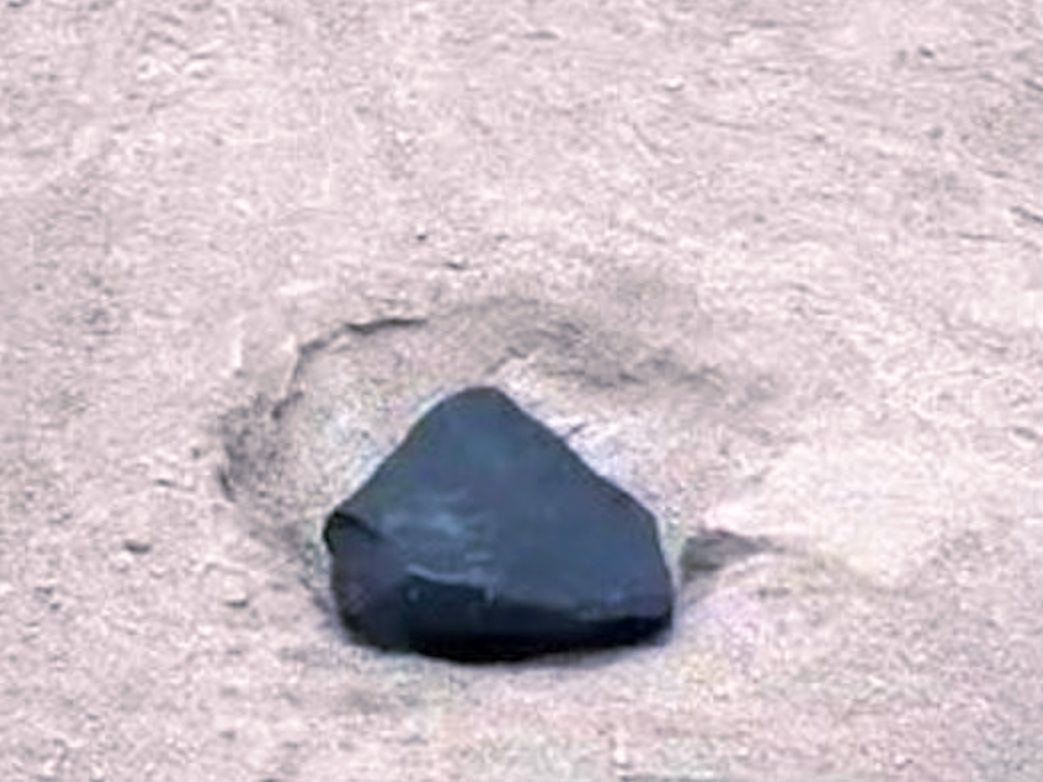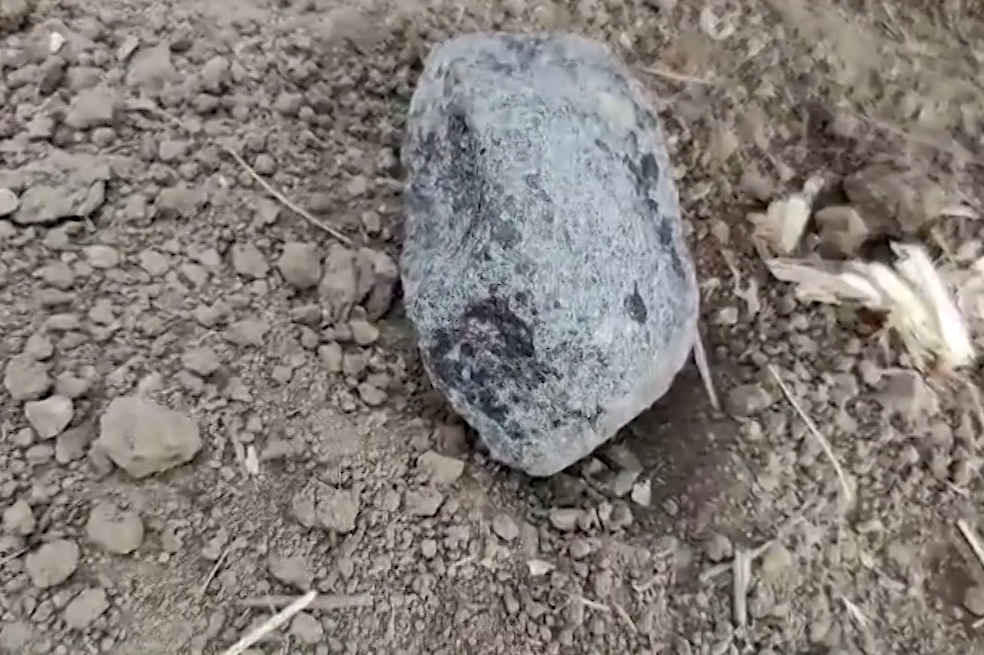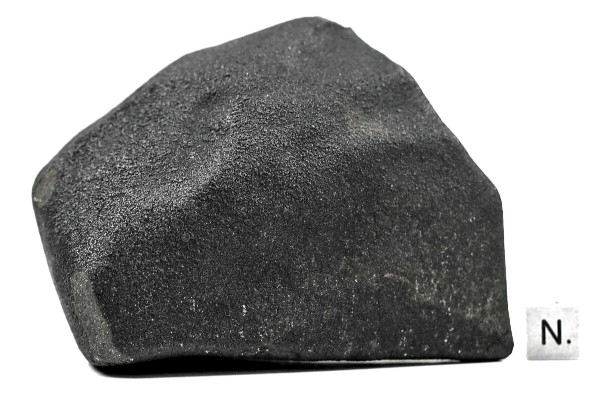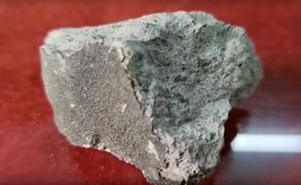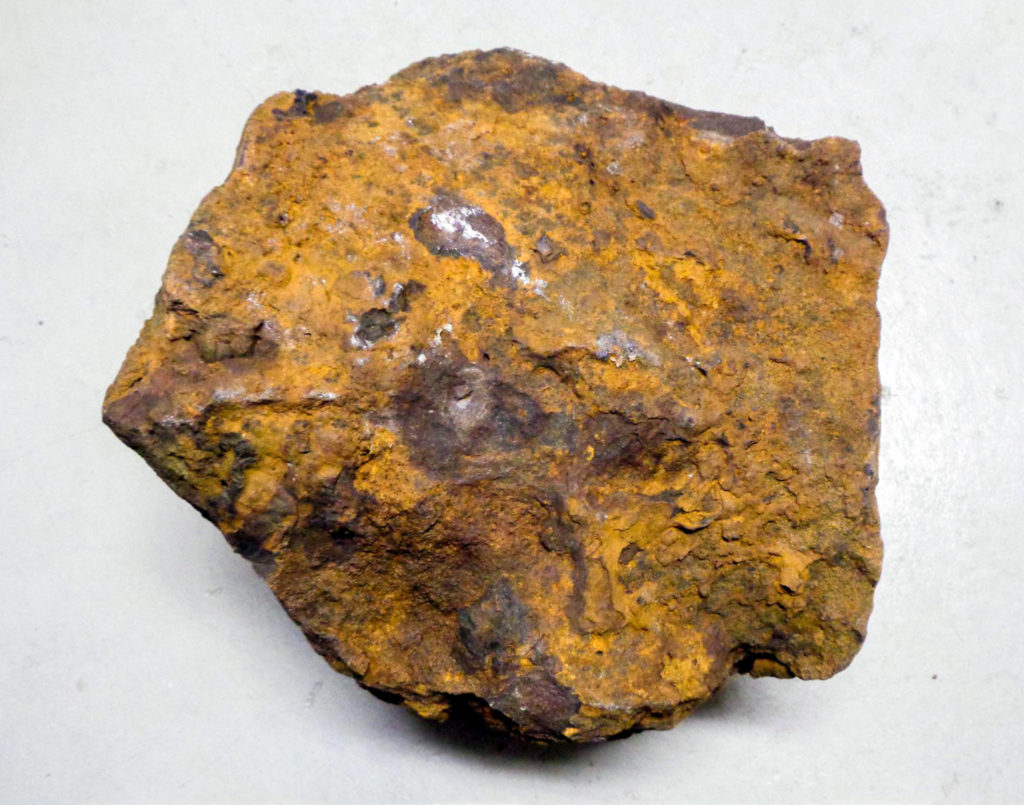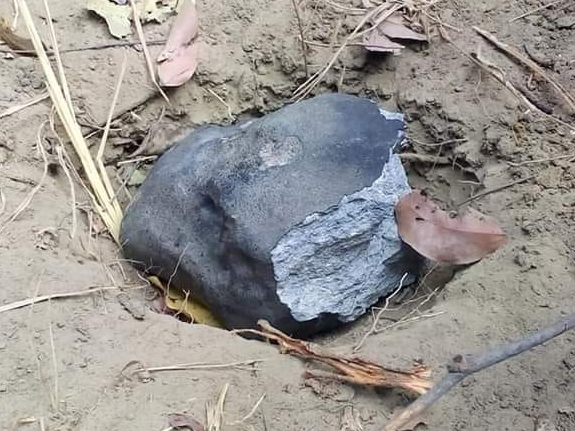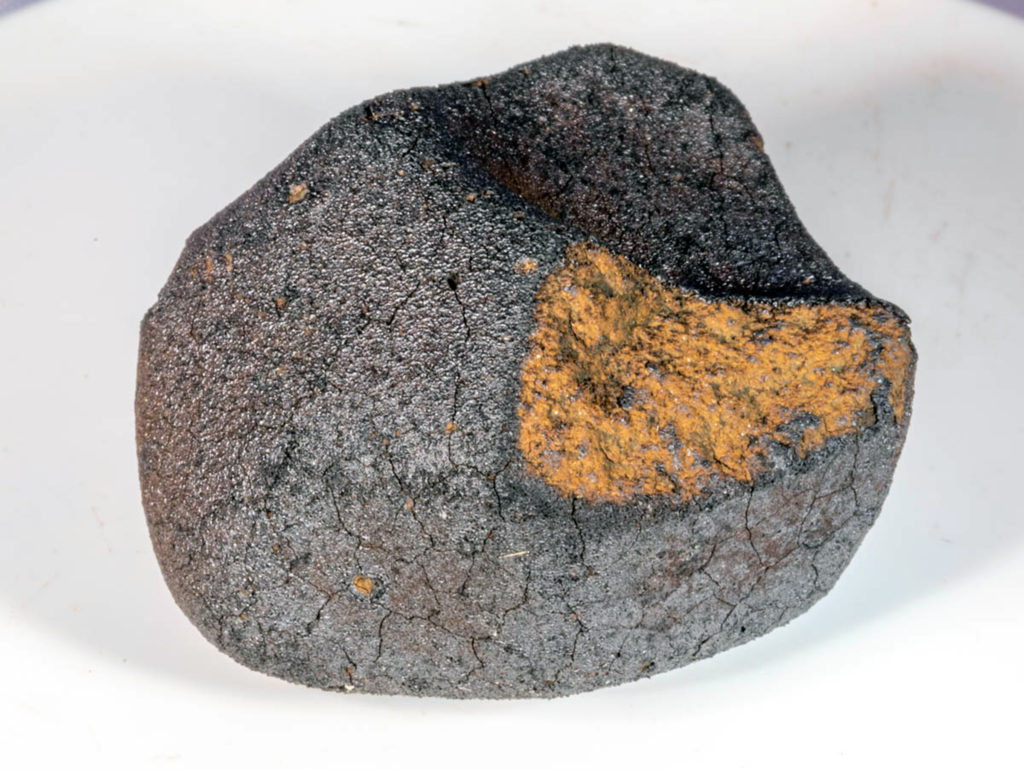Metal–Forsterite Condensate Nodules and H-L-LL Compositions
Denton S. Ebel, Marina E. Gemma, Michael K. Weisberg, Jon M. Friedrich
MAPS, Version of Record online: 21 March 2025
“Compared to the carbonaceous chondrites (CCs), ordinary chondrites (OCs) are depleted in Mg and refractory lithophile elements. The OCs are classified by a trend from high metal (H) to low total iron (L) to low total iron and low metal (LL) compositions with increasing heavy O isotopes and refractory siderophile enrichment. We surveyed many CC for primitive materials that might be analogs of components that formed in, and then escaped, originally solar composition reservoirs from which OCs formed. Amoeboid olivine aggregates (AOA) are nodular accretions with discrete refractory Ca-, Al-, Ti-rich mineral assemblages and often with separate Fe-metal alloy nodules, all surrounded by 16O-rich, near-pure olivine Mg2SiO4 rinds. Most AOAs contain the daughter products of extinct 26Al revealing their very early ages. We find relatively large metal grains with olivine rims forming isolated or clumped nodules or “metal–olivine inclusions” in AOAs in many carbonaceous chondrites, particularly the highly primitive CO-like chondrite Acfer 094 (C2 ungr). Similar nodules have been reported in samples returned from the highly altered, CI-like asteroid Bennu by the OSIRIS-REx mission. In discrete regions and times in the protoplanetary disk, differing drift velocities of these 10s of micron scale components could have caused the correlated loss of both refractory siderophiles (in metal), refractory lithophiles, and Mg and 16O (in olivine). Varying degrees of loss of nodules similar to these “MOI,” from the chondrule-forming reservoirs from which H, L, and LL chondrites accreted could, simultaneously, explain the multiple aspects of their chemical compositions.”

